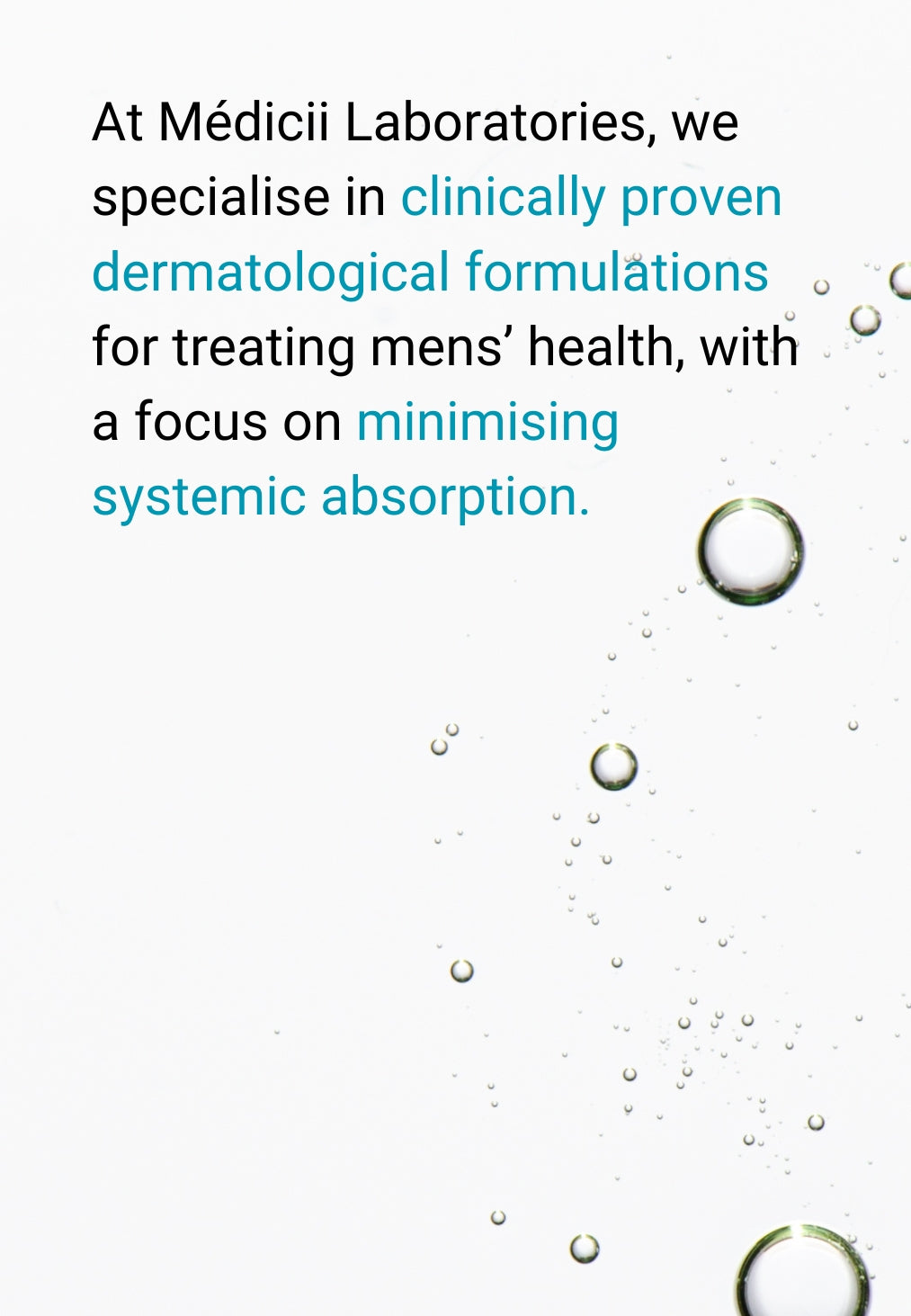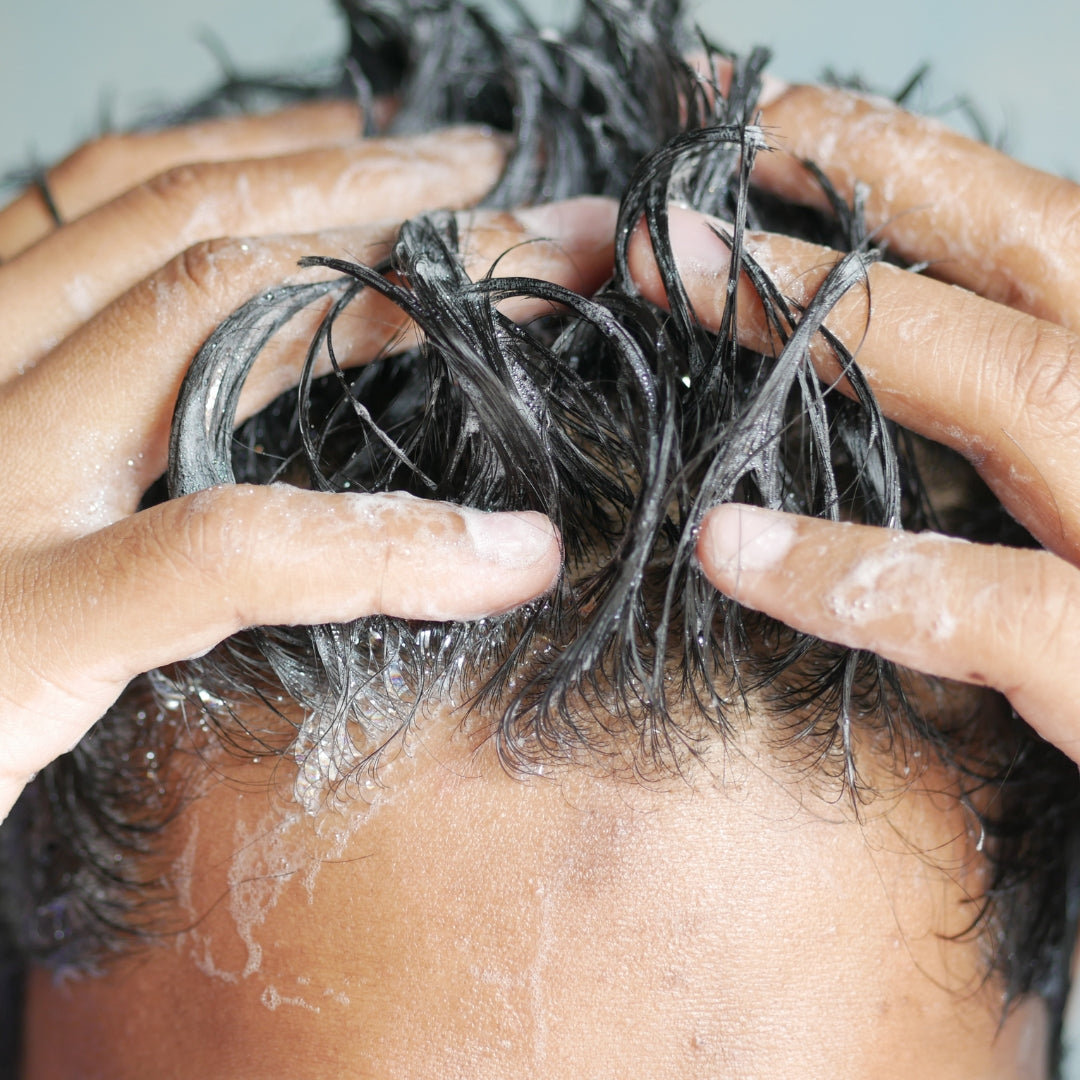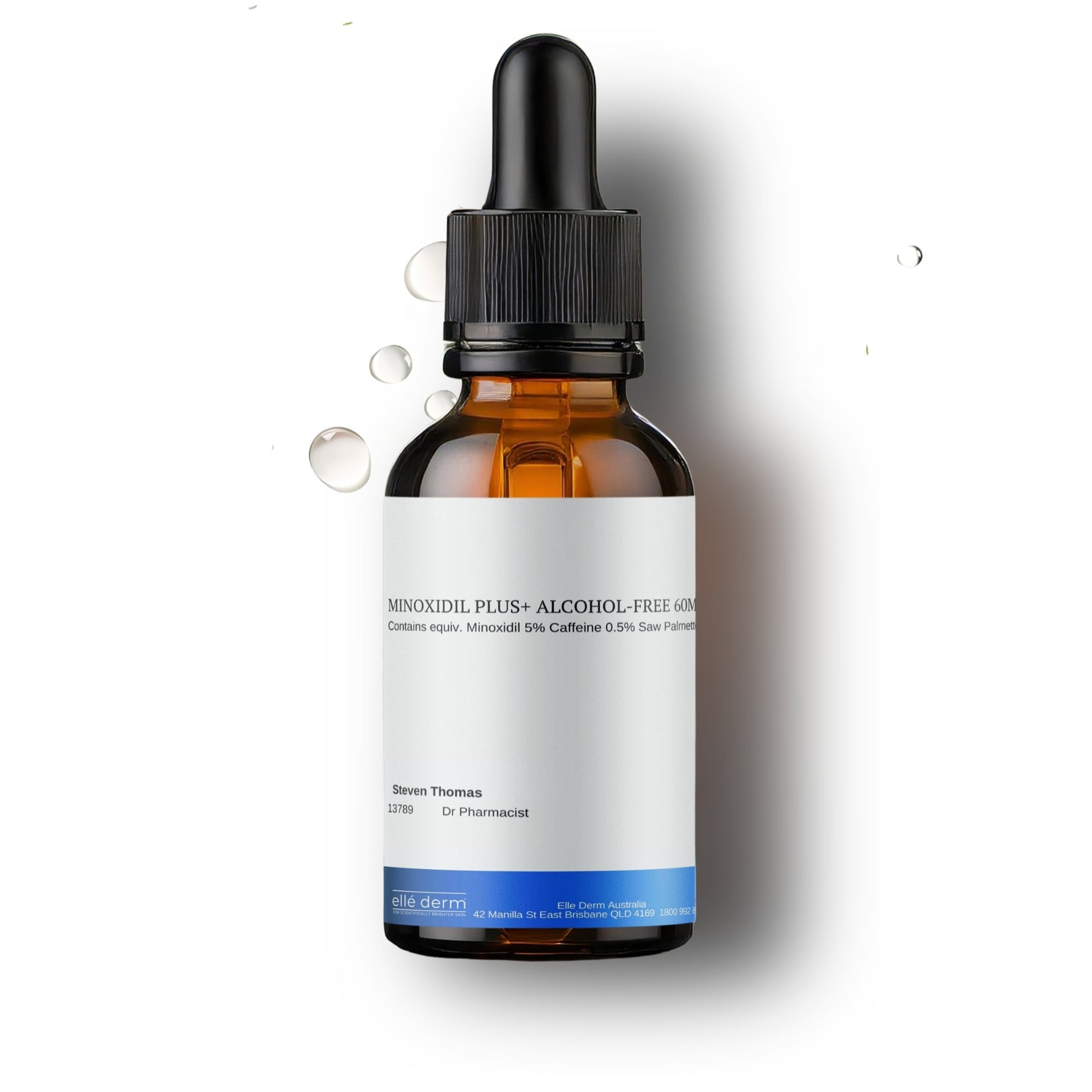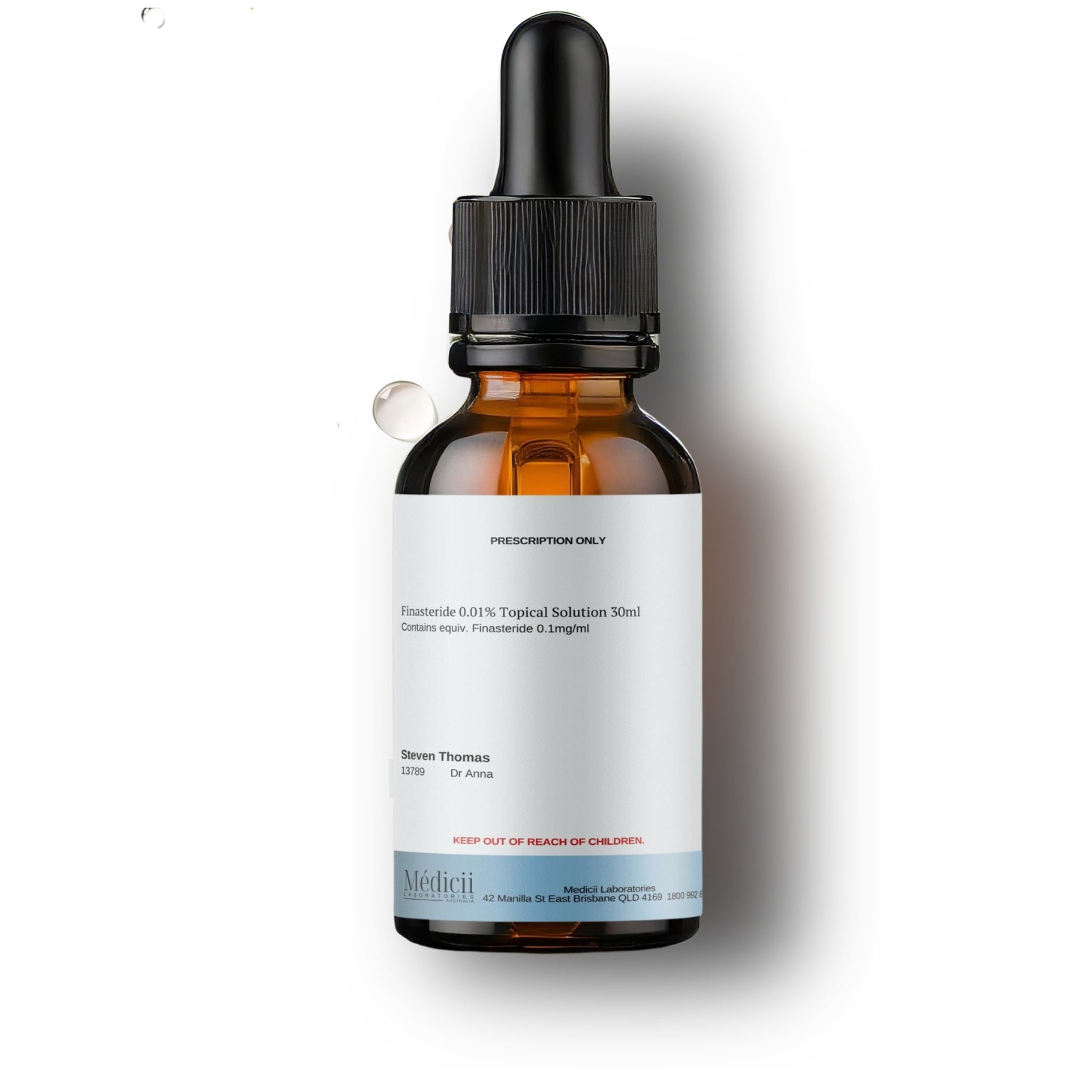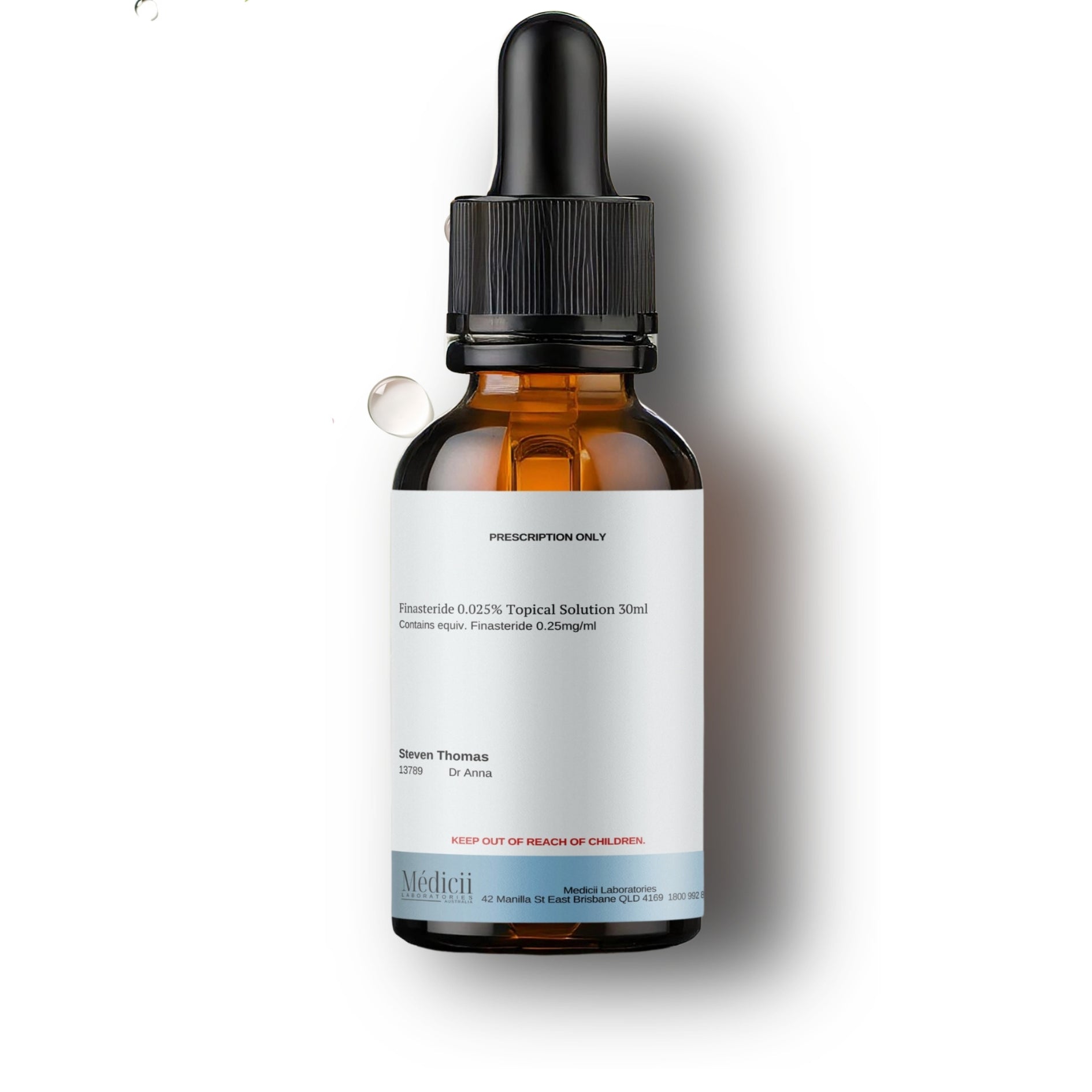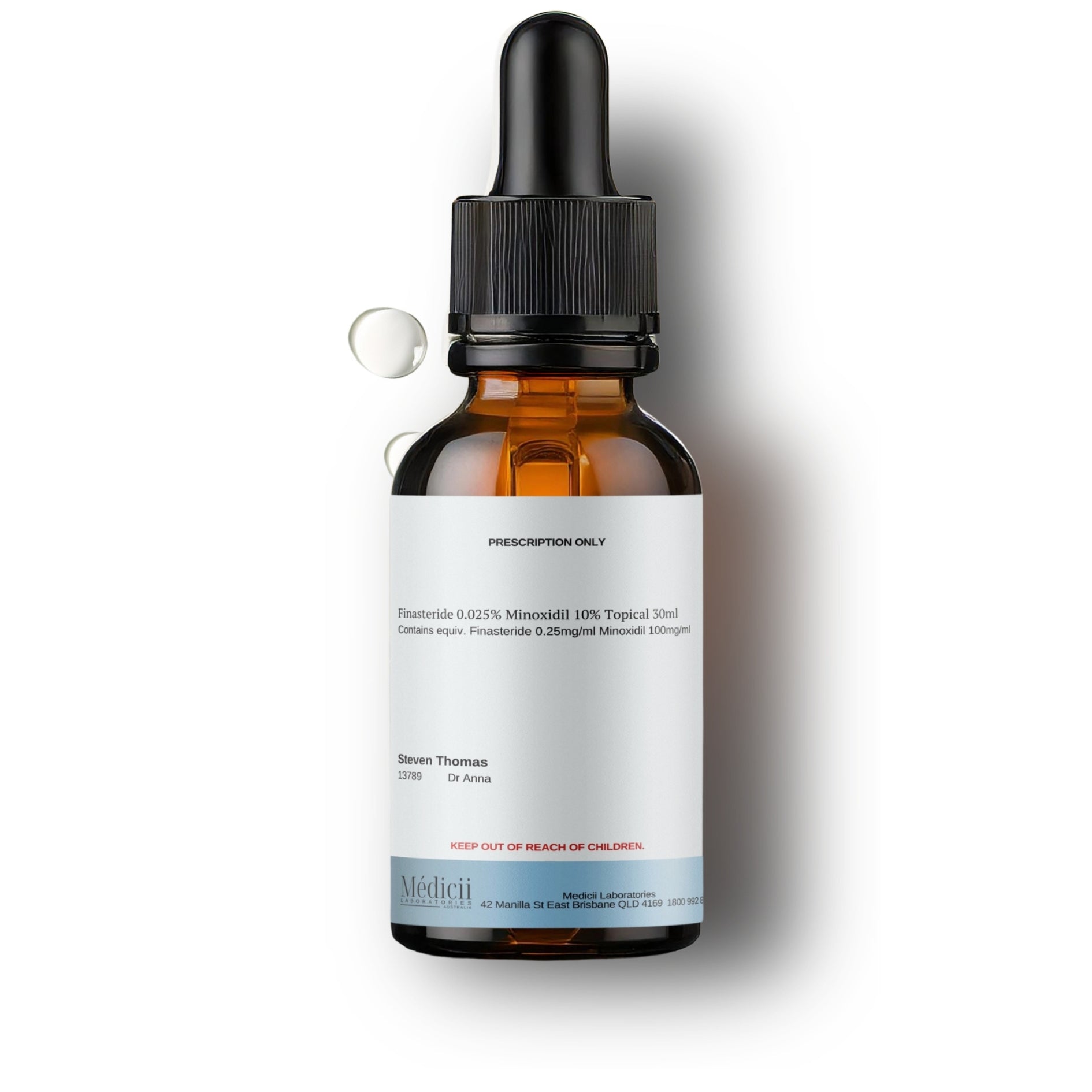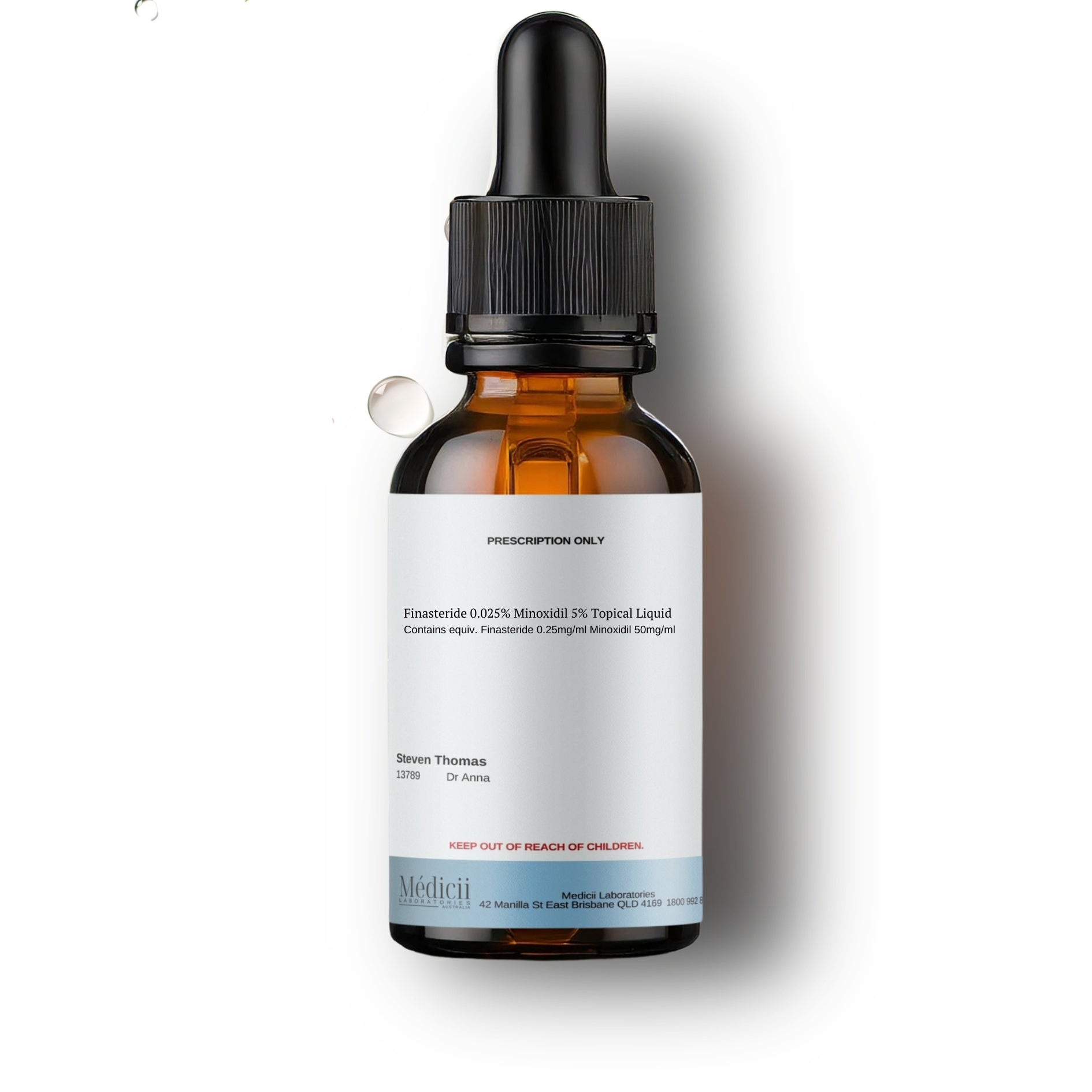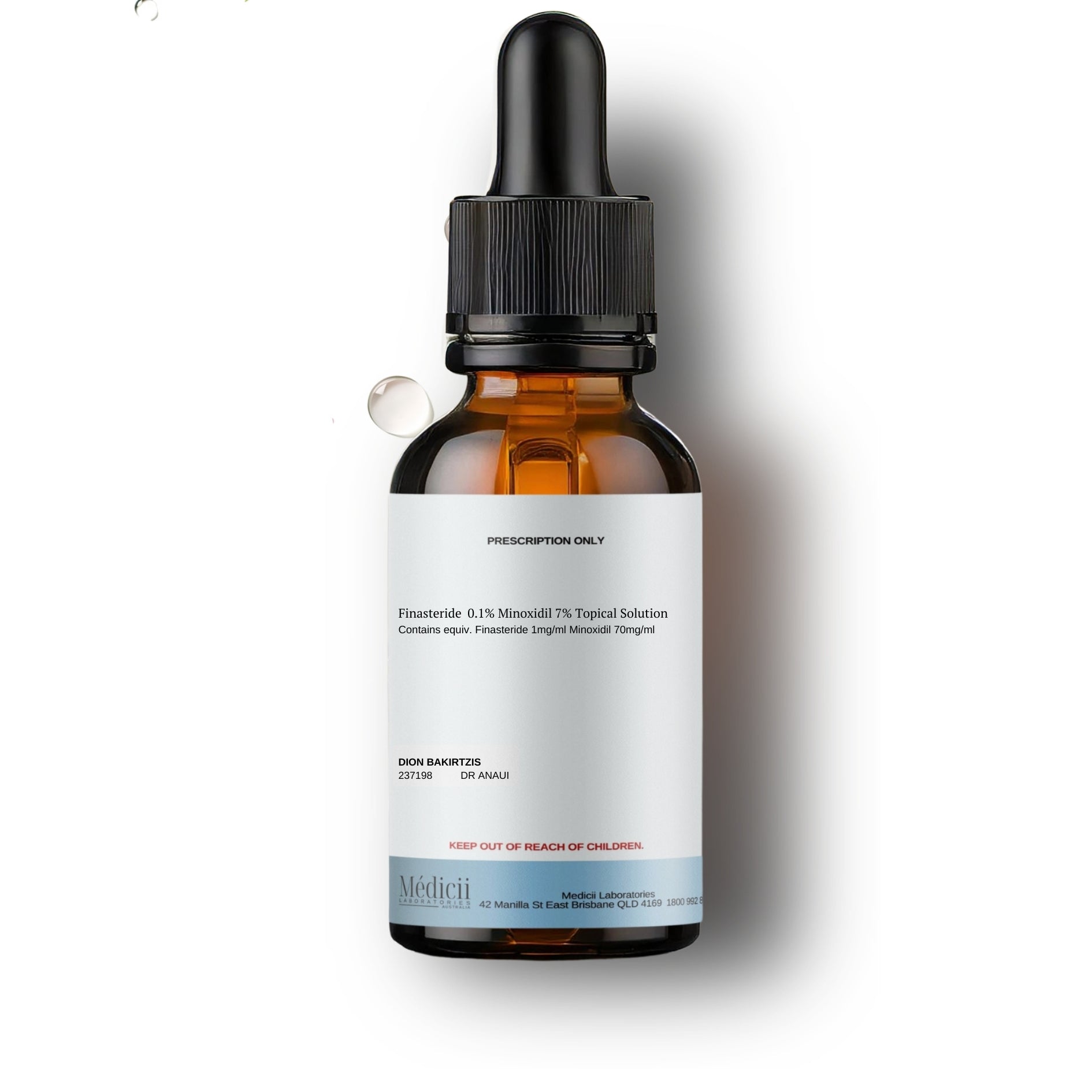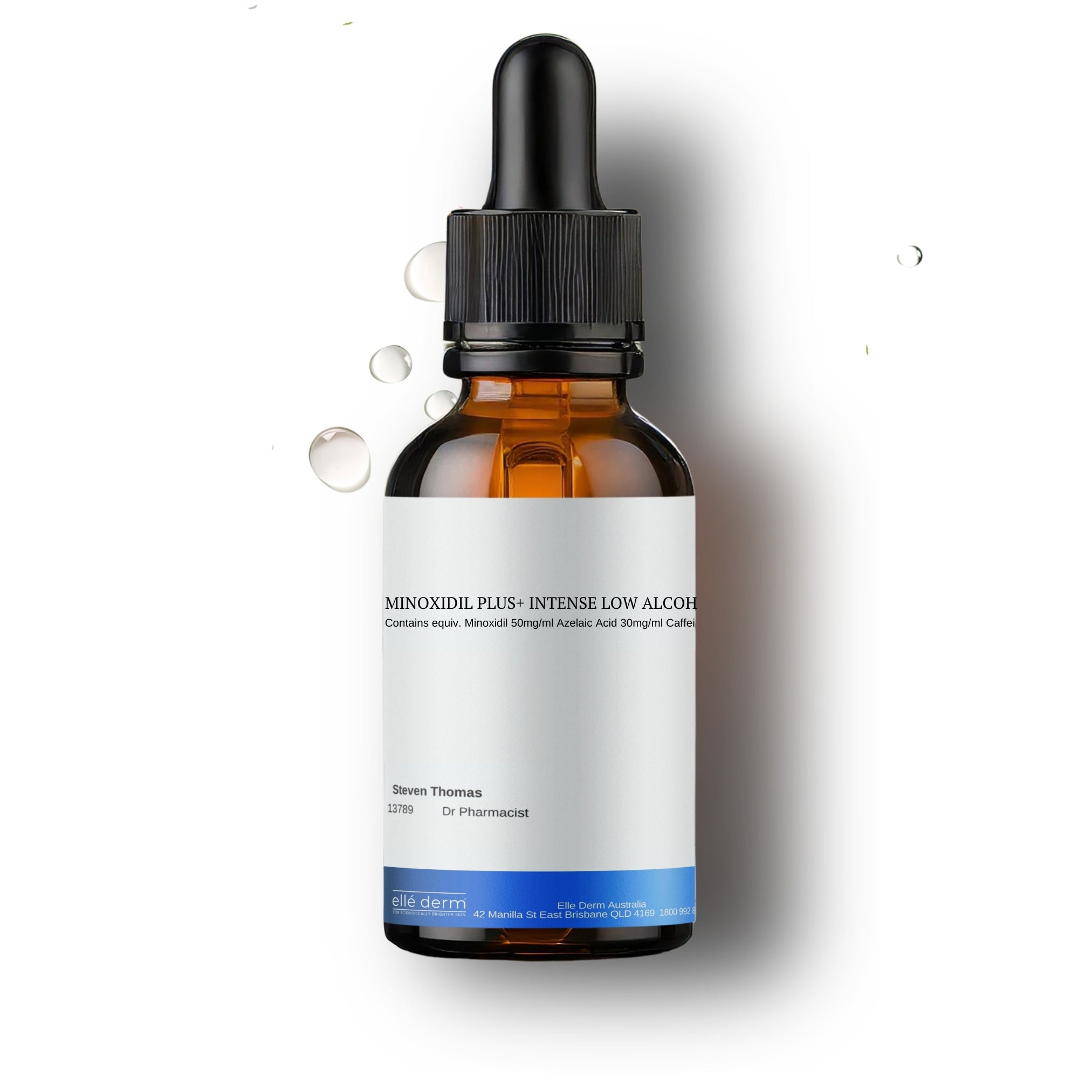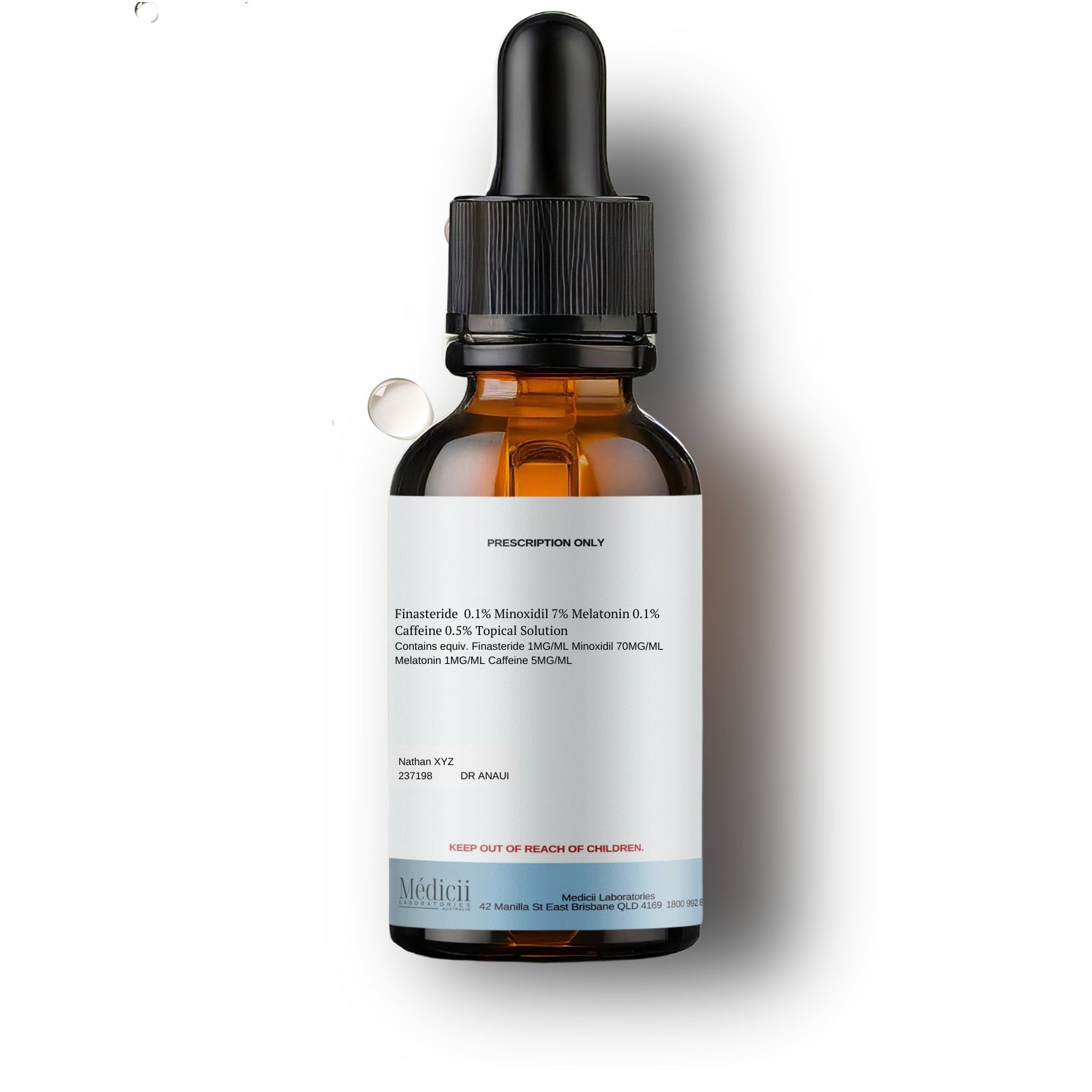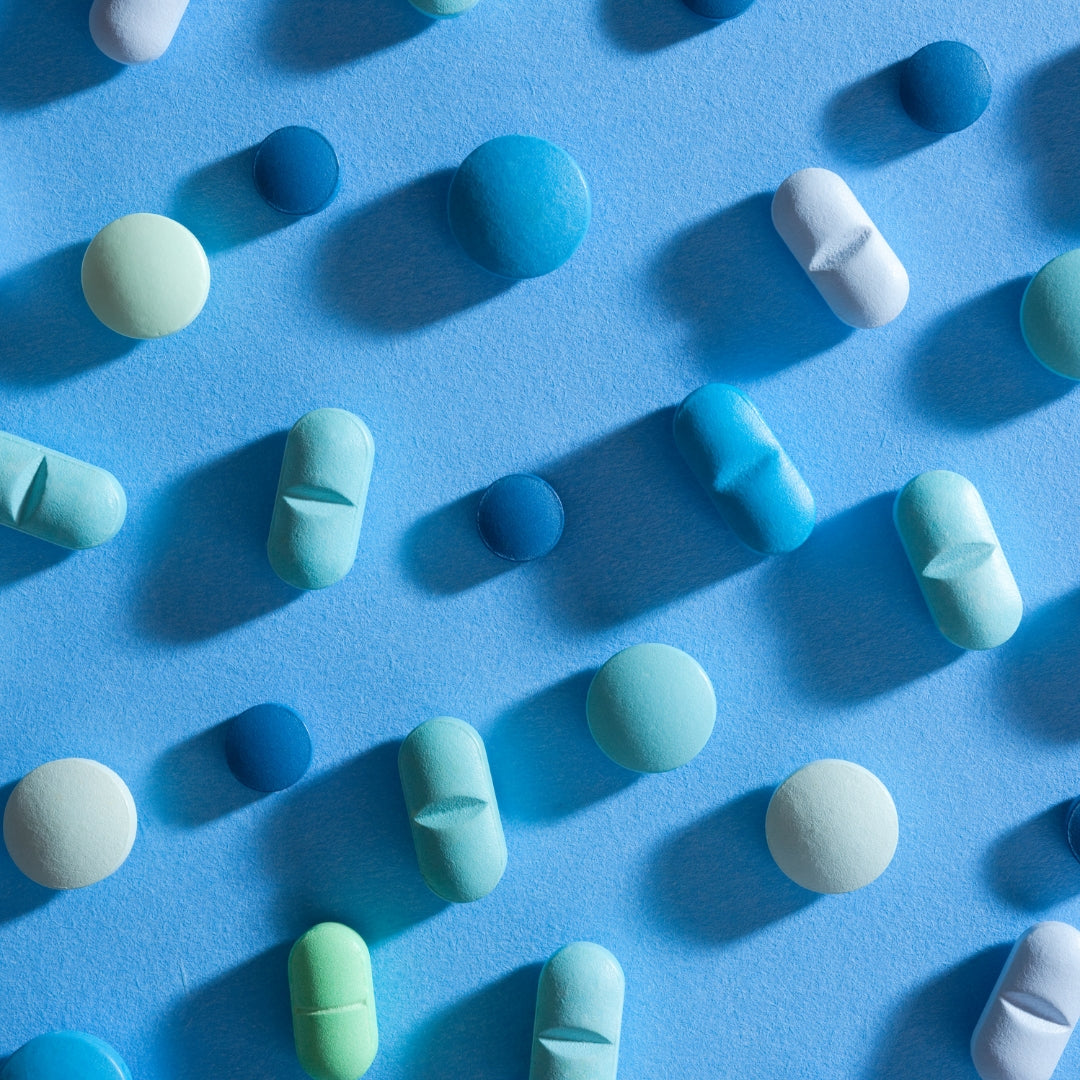
Finasteride hair shedding
Finasteride 1mg is a TGA approved medication for the treatment of male pattern hair loss in Australia. Both oral and topical Finasteride has proven to be effective, but users report unusual hair shedding 2-4 months into their treatment. In contrast, Minoxidil users experience hair shedding earlier in their treatment and shedding usually subsides by the fourth month. This article will look into the likely cause of Finasteride shedding and what you can do when this occurs.
How does Finasteride work?
One of the main cause of male pattern baldness is due to increase levels of dihydrotestosterone (DHT) in scalp tissue, leading to follicle miniaturisation and hair shedding. Finasteride reduces DHT levels by inhibiting the conversion of testosterone to DHT.
What is Finasteride shedding?
Finasteride is also thought to have an effect on the hair cycle by shortening the telogen phase (resting phase). Hair follicles affected by DHT are already in the resting phase. When a patient starts Finasteride treatment, the hair follicles affected by DHT are forced to shed and enter the catagen (shedding) phase. This ultimately causes sudden hair shedding, also referred to as Finasteride shedding.
Those who take finasteride are unlikely to see new hair growth between month 2-6, although they may experience hair growing back thicker and stronger than it was before.
Finasteride shedding is unlikely to affect those switching from oral to topical Finasteride unless treatment is reinstated after a break.
How effective is Finasteride long term?
Studies suggest that patients who showed improvement after the first year of finasteride treatment are more likely to improve or maintain their hair growth after 5years. Long-term treatment with finasteride was generally well tolerated and led to significant improvements in hair growth while slowing the further progression of hair loss compared to placebo (Figure 1).

When am I likely to experience Finasteride shedding?
The telogen phase lasts around 2-4 months. Finasteride users are likely to experience hair shedding after 3-4 months on Finasteride treatment. This phenomenon can be a distressing experience, especially if you are already experiencing hair loss or have seen some improvements in the preceding month.
How long does Finasteride shedding last?
Finasteride shedding is temporary and can last 2-4 weeks. Finasteride hair shedding lasting longer than 4 weeks is uncommon. Similarly, hair shedding occurring six to twelve months after starting Finasteride treatment is likely to signify there is another underlying cause and further medical attention is required.
How can I minimise Finasteride shedding?
When you experience finasteride shedding, it is important to keep using the treatment. Currently, there are no studies to support a specific therapy for managing Finasteride shedding. Acute hair shedding in the early stage is an indication that Finasteride is working, so it should not be discontinued.
Prolong shedding six to twelve months after starting Finasteride treatment should be referred to your medical provider.
Good nutrition and combining Finasteride with microneedling may help reduce Finasteride shedding given what we know about the effects of microneedling and hair loss.
How can I improve the effects of Finasteride?
- Combine Finasteride with microneedling
- Combine Finasteride with Minoxidil
- Lifestyle changes such as increasing protein intake
- Using hair growth shampoos to complement Finasteride treatment
- Take photos to track your progress
- Adequate Vitamin D (more on this later)
References:
- Shapiro, J et al (2003). Use of Finasteride in the Treatment of Men With Androgenetic Alopecia (Male Pattern Hair Loss). J Investigative Dermatology. Jun;8(1):20-23.
- Drake L, Hordinsky M et al (1999). The effects of finasteride on scalp skin and serum androgen levels in men with androgenetic alopecia. J of American Dermatology. Oct;41(4):550-4.
- Zito, P et al (2024). Finasteride. National Library of Medicine. January 2024.

